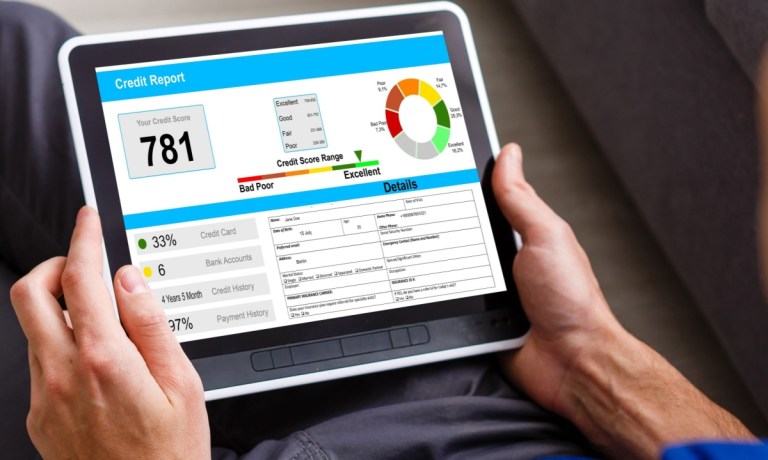
Earnings season, so far — and chiefly through the big banks — is pointing to some strength in consumer credit.
And that strength has been measured through FICO scores detailed by the FIs, in charge-off rates, and in general commentary on spending.
Bank of America noted in its earnings materials that the average FICO score for its consumer credit cards stood at 777 in the most recent quarter, up slightly from the 775 level seen in the fourth quarter.
Citi, for its part, detailed in its earnings supplementals that 85% of its credit card loans were held by consumers with FICO scores above 660.
Delinquencies, of course, have been rising, though they are coming off of historically low levels.
For BoA, the supplementals indicate that the credit card 30-plus days past due percentage was 2.5% at the end of the most recent period, up from 2.1% before the pandemic. But the delinquency growth rate has been slowing, as BoA’s data indicate that the 30-plus days past due growth rate was 0.11%, where that rate had been 0.20% in the first quarter of 2023. Citi’s 90-plus day delinquency rate was 1.2% in the first quarter.
JPMorgan’s results, as we reported, displayed net charge-offs tied to its card services segment that stood at 3.3%, up from 2.1% a year ago. Commerce Bancshares reported that non-accrual loans constituting just 0.03% of total loans, an improvement from 0.05% in Q4.
Given the fact that paycheck-to-paycheck life is the hallmark for 60% of consumers, the read across here is that there’s still strength in the cards — pun intended. In PYMNTS’ coverage of Wells Fargo’s earnings, we noted that credit card spending was up 15% year over year.
“There are cohorts of customers that are more stressed,” CEO Charlie Scharf said during the conference call with analysts.
At the same time that they’re ramping up credit card spending (Citi’s credit card related spend was up 4%, JPMorgan’s surged 9%), deposits were down (by a respective 3% and 7%).
PYMNTS Intelligence data at the end of last year noted that 80% of paycheck-to-paycheck consumers owned two credit cards, on average, and 40% of these consumers still have super-prime credit scores of 720 or higher. But drilling down into the data, we see that 35% of consumers with issues paying their bills — roughly 20% of the tally — have subprime credit scores.
Other PYMNTS data shows that more than 75% of consumers earning less than $50,000 say they live paycheck to paycheck — and more than 40% are able to save money. Inflation’s been a key headwind to saving money, as those earning $50,000 to $100,0000 had seen savings slip from more than $9,500 to $7,700, on average, as 2023 came to a close.
Right now things are normalizing, as the earnings reports show — but the pressures on credit and credit-worthiness may remain in place.